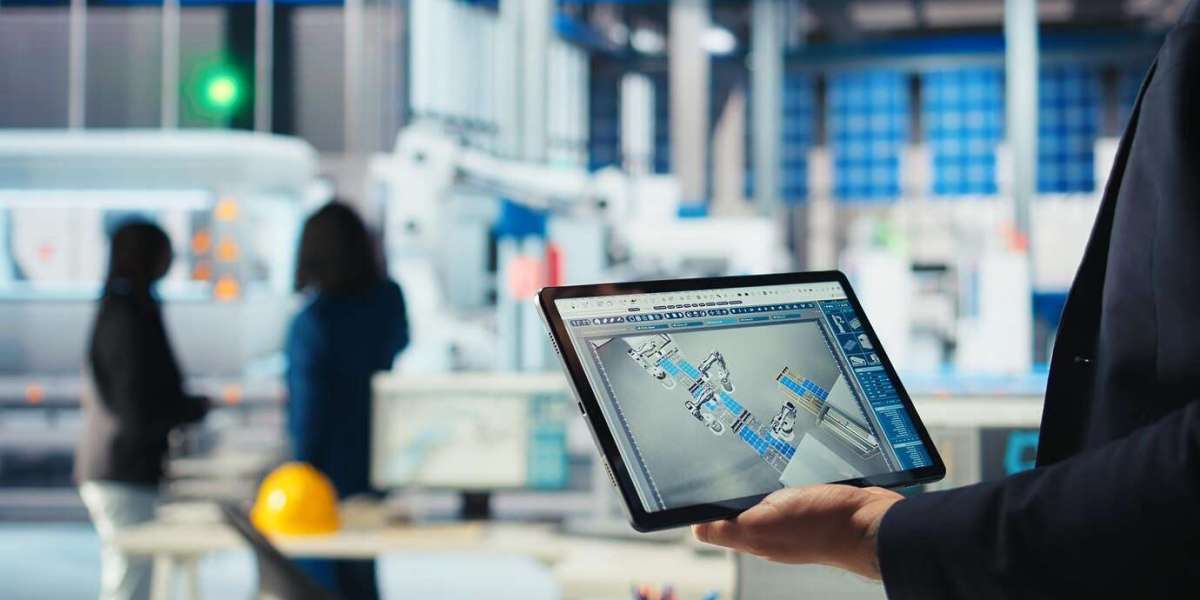The surface of the tech industry is a whirlwind of constant activity. Every week brings a new product launch, a new viral app, or a new buzzword—AI, the metaverse, spatial computing—that promises to once again change everything. For the average observer, it can feel like a chaotic and unpredictable hype cycle, a relentless parade of new gadgets and software updates. We see the impressive demos and read the breathless headlines, but the real forces shaping our digital world often lie deeper, hidden beneath this noisy surface.
While the hype is focused on the "what," the more important question is the "why." What are the fundamental engines, the powerful undercurrents, that are actually driving the direction of the entire tech industry in 2025? The answer is not found in a single product or company, but in a convergence of a few key, foundational forces. To truly understand where our technological future is heading, we need to look beyond the hype and examine the powerful drivers working under the hood.
Driver #1: The Insatiable Appetite for Data
If there is a single commodity that fuels the modern tech industry, it is data. Data is the new oil, the raw material that powers the most significant technological trend of our time: artificial intelligence. The relentless expansion of data collection is the primary, foundational driver of the industry's current trajectory.
Every action we take in the digital realm creates a data point. The websites we visit, the products we buy, the routes we drive, the videos we watch, the photos we upload—all of it is collected, aggregated, and analyzed. This data comes from a near-infinite number of sources: our smartphones, our social media activity, our smart home devices, and the growing network of sensors embedded in the world around us, known as the Internet of Things (IoT).
This explosion of data is not just being stored; it is being used to train the massive machine learning models that are at the heart of the AI revolution. An AI is only as smart as the data it is trained on. The more data a company has, the more accurately its AI can predict outcomes, personalize experiences, understand natural language, and generate new content.
This creates a powerful and self-perpetuating feedback loop: better products and more personalized services lead to more user engagement, which in turn generates even more data, allowing for the creation of even smarter AI. This cycle is the core economic engine of many of the world's largest tech companies.
Driver #2: The Economics of the Cloud
If data is the oil, then cloud computing is the refinery and the global distribution network. The rise of massive, centralized cloud platforms is the invisible but arguably most important driver of technological innovation over the past fifteen years.
In the past, starting a software company required a massive upfront investment in physical servers, networking hardware, and the expertise to maintain them. This created a high barrier to entry that favored large, established corporations. Cloud computing completely changed this economic equation.
Platforms like Amazon Web Services (AWS), Microsoft Azure, and Google Cloud allow any company, from a two-person startup to a global enterprise, to rent massive amounts of computing power, storage, and sophisticated software services on a pay-as-you-go basis.
This has two profound effects that drive the tech industry. First, it has democratized innovation. A small team of developers can now access the same world-class infrastructure as the biggest companies in the world, allowing them to build and scale a product with minimal initial investment. This has fueled the explosion of startups and new software services. Second, the cloud is the essential engine for the AI revolution.
Training large AI models requires a mind-boggling amount of computational power, far more than most organizations could afford to build and maintain themselves. The cloud makes this power accessible, allowing for the rapid development and deployment of the AI technologies that are now at the forefront of the industry.
Driver #3: The Quest for the Next Great Interface
The history of the tech industry can be viewed as a series of major platform shifts, each defined by a new way for humans to interact with computers—the user interface. The company that defines the next dominant interface often goes on to lead the next era of computing.
The first era was the command-line interface, where users typed cryptic text commands. This was followed by the graphical user interface (GUI), pioneered by companies like Xerox and popularized by Apple and Microsoft, which introduced the visual metaphor of a desktop with windows, icons, and a mouse. The most recent and impactful shift was to the touchscreen interface, which ushered in the smartphone era and made computing truly personal and ubiquitous.
In 2025, the entire tech industry is in a frantic race to define the next great interface. The belief is that the flat, rectangular screen has reached its peak, and a new, more immersive way of interacting with digital information is on the horizon. The two leading candidates are:
Voice: The rise of AI-powered smart assistants has shown the potential of a conversational, voice-first interface.
Spatial Computing: This is the bigger bet. Through advanced Augmented and Virtual Reality (AR/VR), the next interface will not be on a screen in our hand, but will be the world around us. Digital information will be overlaid onto our physical environment, and we will interact with it using our hands, eyes, and voice. The immense research and development investment being poured into creating lightweight AR glasses and immersive virtual worlds is driven by the belief that this is the next major computing platform.
Conclusion: Looking Under the Hood
While the daily headlines of the tech industry are filled with the hype of new apps, viral trends, and flashy gadget launches, the real story is happening on a deeper, more fundamental level. The industry is being propelled forward by the powerful, intertwined forces of data, the cloud, and the relentless search for the next user interface.
The insatiable need for data fuels the AI revolution. The scalable, on-demand power of the cloud makes that revolution economically feasible. And the quest for the next great interface, likely a form of spatial computing, provides the platform upon which these new AI-driven experiences will be built.
Understanding these three core drivers is the key to looking beyond the hype and seeing where our digital world is truly heading. They are the powerful, invisible engines that are building the future, one data point, one server, and one new interaction at a time.



